Super Rugby stars and Wallabies legends named in our greatest Downlands-Grammar rugby team
From Super Rugby stars to Wallabies legends Downlands College and Toowoomba Grammar School have produced some of Aussie rugby’s greatest players. Find out who cracked our Greatest of All Time Combined First XV rugby squad here.

Sport
Don't miss out on the headlines from Sport. Followed categories will be added to My News.
For more than 90 years Downlands College and Toowoomba Grammar have been fierce rugby union rivals.
The rivalry stretches back to 1931, the year Downlands was founded, and a match has been played between the sides has been played every year except for 1942 and 1943 during World War 2.
Named after former Downlands brothers Jim, John, Frank, Michael and Bryan – the rivalry was formalised as the O’Callaghan Cup in 1950.
Downlands lead the Cup 37-34 with more than 2000 points scored in the history of the match that ranks among schoolboy rugby’s greatest showpiece events.
The Garden City schools have proven to be a hotbed for elite rugby talent – producing countless professional, Super Rugby and international stars.
We’ve run the rule over the historic player lists of the two schools to identify our star Combined First XV teams
Chronicle Sports Editor Jason Gibbs’ starting XV
1. Harry Hoopert – TGS
His career has been marred a number of injuries but Hoopert has always shown the determination and resilience selectors want to see in props.
The Dalby Wheatmen junior made a name for himself as a hard-running prop in GPS Rugby before he joined the Queensland Reds in 2018.
Making his debut in QLD’s defeat of 2016-2017 Super Rugby finalists the Lions he went on to earn nearly 50 caps for the Reds as well as being part of the 2022 Australia A touring squad.
Keen to add depth and experience to his squad head coach Simon Cron lured Hoopert to the Western Force in 2023.
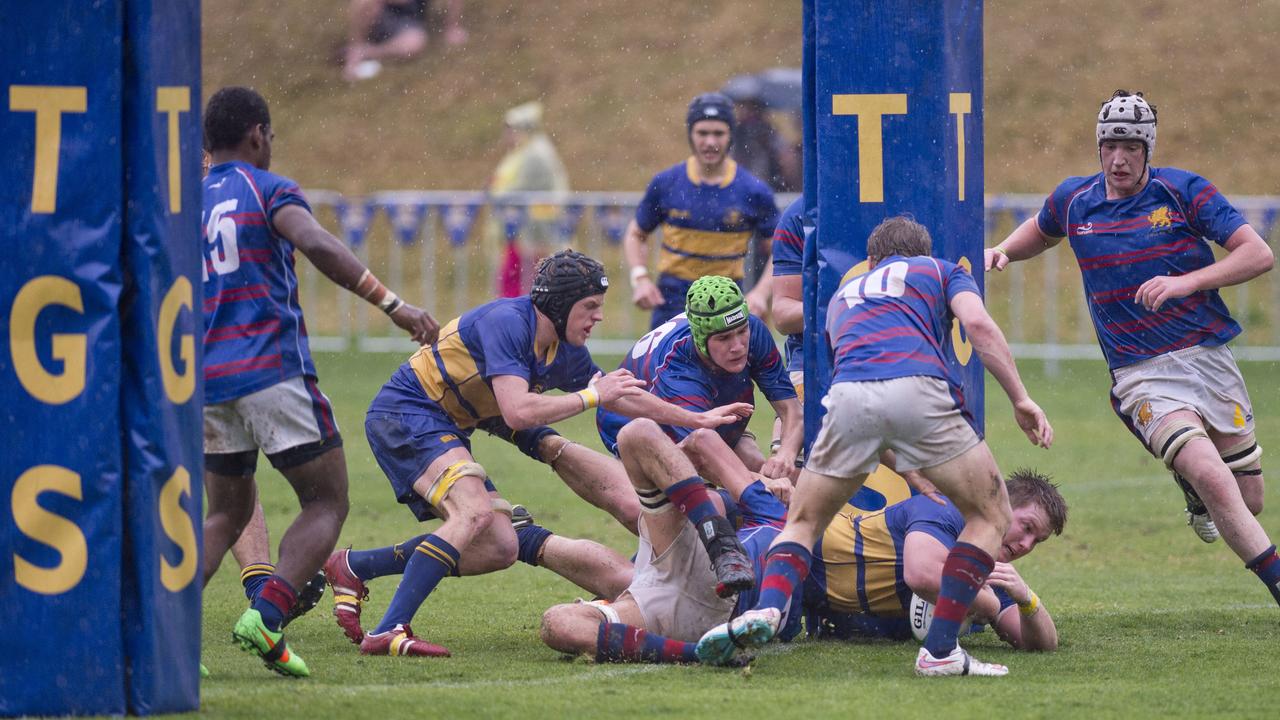
2. Matt Faessler – TGS
Rugby is in Faessler’s DNA with his maternal grandfather Vince Bermingham playing in the first Wallabies side to win the storied Bledisloe Cup in 1934.
Faessler followed in his grandfather’s footsteps, making his debut against the All Blacks last year, and in doing so he and Bermingham became just the seventh grandfather-grandson combination to play Test rugby for Australia.
After making his debut at prop for the USQ Saints U15s he has established himself as talented hooker.
Faessler – who represented Australia at the U20 World Championships – is known for his combative play, high work rate and lineout accuracy.
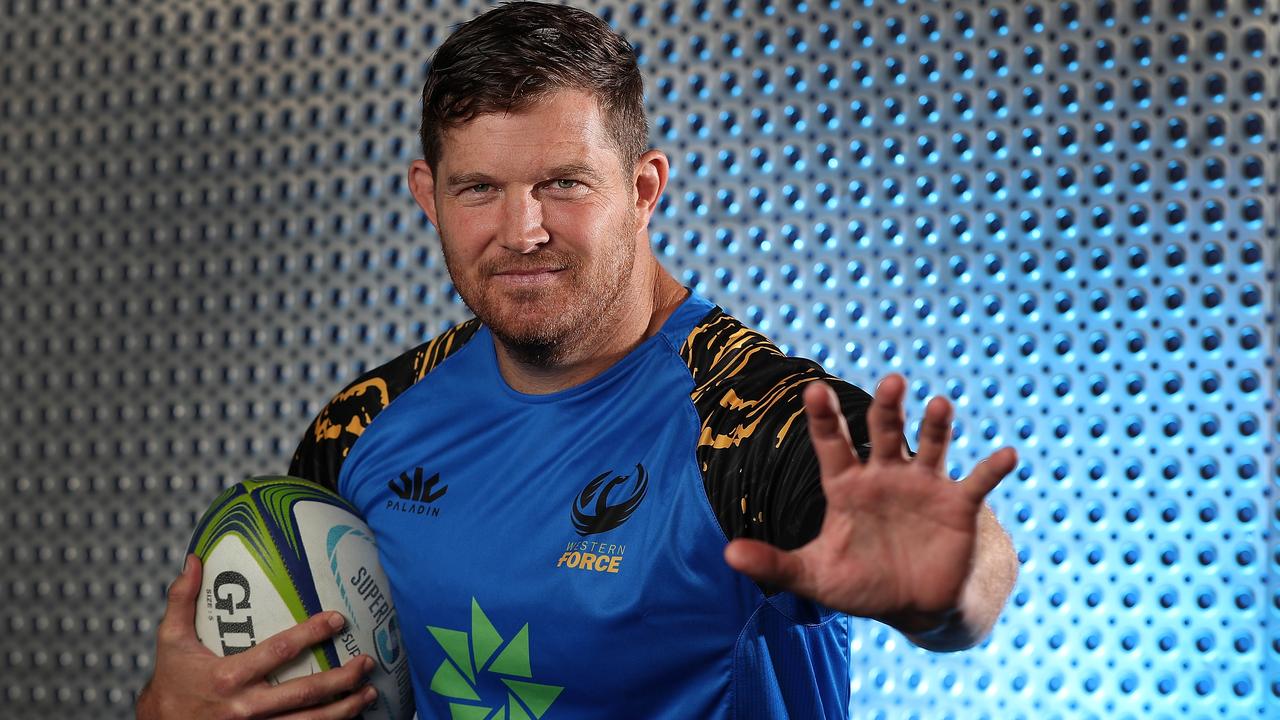
3. Greg Holmes – Downlands
A power athlete in every sense of the word, Holmes represented Australia at the 2000 Commonwealth Youth Games in discus, hammer and shot put.
He didn’t play representative schoolboy rugby but he was named in 2004 IRB U21 World Championships.
He debuted for the Reds in 2015 and was debuted for the Wallabies against France in the same year and played 12 more Tests through to the end of the 2007 Rugby World Cup.
Remarkably it was nearly eight years before Holmes played for the Wallabies again.
A resilient and determined prop, Holmes was a key figure in the Reds 2011 Super Rugby title win.
4. Peter Ryan – Downlands
The Australian rugby union schoolboys rep really made a name for himself in the NRL.
Starting on the bench Ryan helped the Brisbane Broncos win the 1992 World Club Challenge against Wigan and was a key figure in the club’s 1993 and 1997 premierships.
A tough, uncompromising tackler he missed out on Broncos 1998 title win through suspension.
At the end of 1999 Ryan left the Broncos to join the ACT Brumbies going on to win the Super 12 title as it was known at the time.
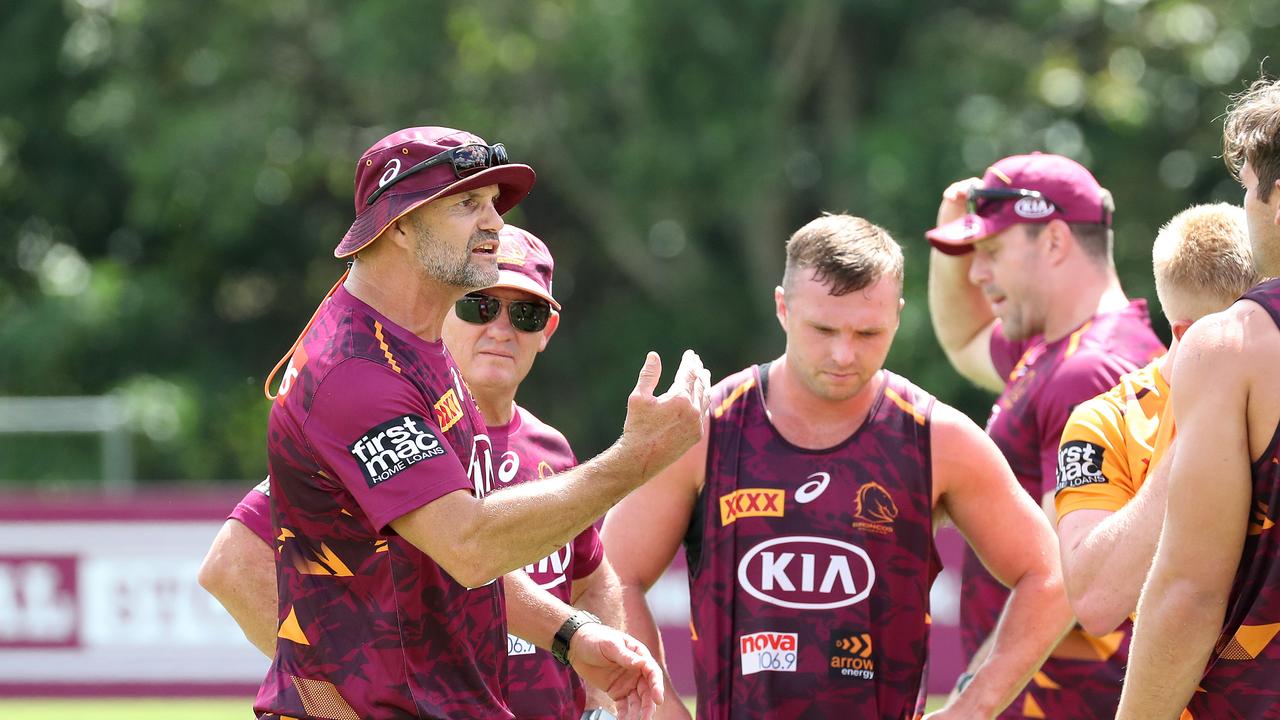
5. Matthew Willshire – TGS
The 200cm lock from the 2016 First XV became the first Toowoomba Grammar forward to earn a full Australian Schoolboys jersey since Mark Farrelly in 1974. Willshire signed a professional contract with the Chiefs of New Zealand coming out of school but had his time cruelled by two ACL injuries during his time in Waikato. In his prime Willshire was a defensive lineout menace like no other player his age in the state.
6. Donald Ian MacMillan – TGS
MacMillan’s rugby career was short but full of hits and massive milestones.
A strapping forward with an impressive physique, MacMillan hit the ground running at TGS guiding them to their first ever GPS Premiership in 1948.
His performances for TGS immediately caught the eyes of talent scouts with the talented forward offered lucrative contract with Huddersfield Rugby League Club in North England after he graduated.
MacMillan turned down the deal in favour of pastoral industry trainee job in Dalby and rugby duties with Past Grammar in Toowoomba.
His rugby journey took a dramatic turn early in his first senior season when with just half a dozen club matches to his name his selected in the QLD rep side.
MacMillan’s efforts for QLD against the British Lions caught the eyes of selectors and featured for the Wallabies against the same opposition and the All Blacks.
After his death at age 51 rugby officials honoured his memory with the name of the perpetual Ian MacMillan Memorial Trophy for Queensland Schoolboy player of the year.
7. Brett Robinson – Downlands
Under the expert guidance of ex-England coach John Elders at Downlands, Robinson developed into an outstanding openside flanker.
A real student of the game, Robinson also proved to be a natural leader on the field and arguably should’ve had more than 16 Test caps to his name.
His medical studies and the presence of the equally talented David Wilson in Australian program hampered his opportunities.
8. Garrick Morgan – Downlands
The man mountain was perfect foil to the legendary John Eales with the pair locking down the Wallabies scrum in the mid 1990s.
Standing at nearly 2m tall and weighing more than 120kg, Morgan was an intimidating presence.
After making his Wallabies debut in 1992, Morgan appeared destined for greatness with prestigious French rugby magazine Midi Olympique naming him International Player of the Year in 1993.
A switch to league and the South West Crushers briefly bought a halt to his rugby career before he joined the Reds in 1996.
The later part of his career was hampered by a broken ankle that limited his playing effectiveness.
Morgan, who also coached the Downlands First XV in multiple O’Callaghan Cups, played 24 Tests for Australia.
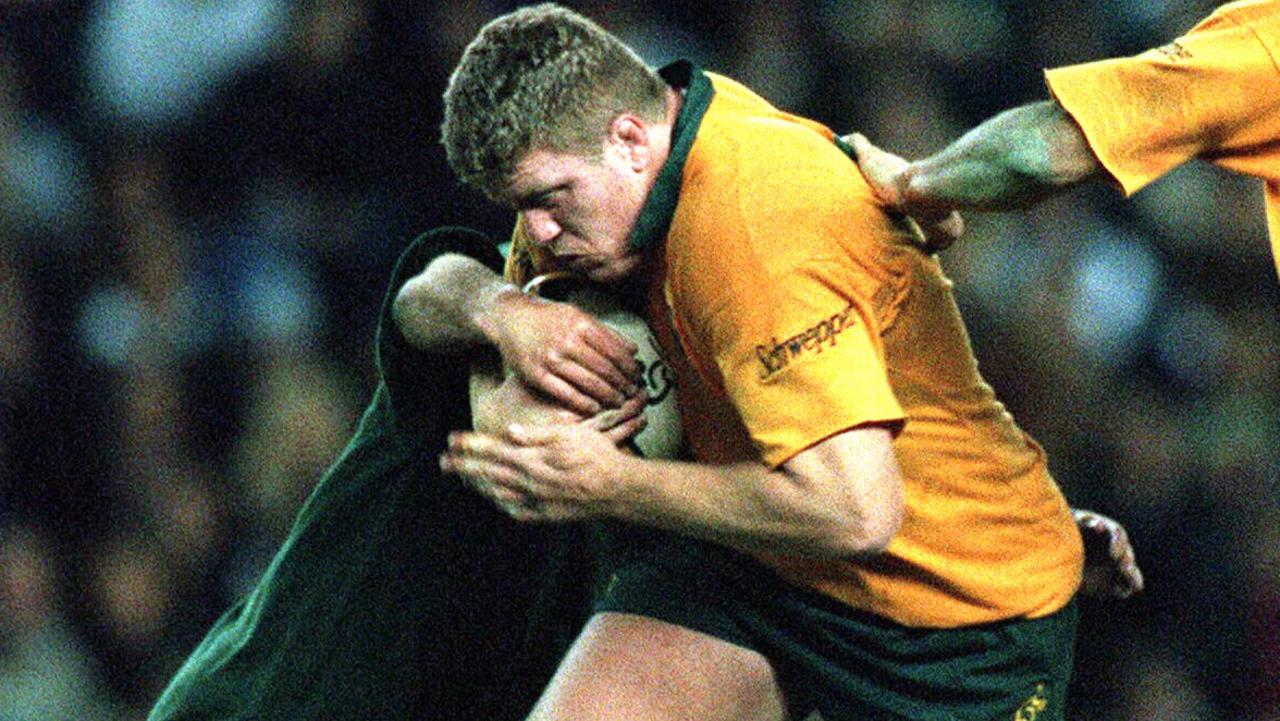
9. Brett Johnstone – Downlands
Swapping Goondiwindi State High School for Downlands, Johnstone formed an exciting halves combination with Wallabies legend Tim Horan.
Under the expert guidance of coach John Elders the pair grew in stature and influence – progressing together from 15A right through to the First XV.
Johnstone was a lightning quick half with an equally swift pass.
Unfortunately Johnstone had the misfortune of playing in the shadow of star Wallaby Peter Slattery.
Replacing Slattery late in the game, Johnstone scored a try in his sole game against Tonga.
10. Hamish Stewart – TGS
Stewart could be days away from his first Wallabies cap but the Toowoomba Bears junior has already made a name for himself as one of Australian rugby’s most reliable players.
His greatest strength is his versatility, with the young playmaker able to line up at flyhalf, centre and fullback.
After playing 72 games for the Reds, Stewart made the move to the Western Force in 2023 and instantly improved the quality of their backline.

11. Roy Lindsay – TGS
A member of Toowoomba’s famous ‘Galloping Clydesdales’ Lindsay was a star in the golden age of Queensland rugby league.
Handed his Clydesdales debut in 1925, Lindsay shone against the visiting Brisbane side and quickly talked up as a future international star.
Years later when Queensland Rugby Union had reformed New Zealand W.J ‘King’ Renwick, who had coached Lindsay in the Clydesdales, convinced the winger to follow him to rugby.
Making his QLD debut in 1931, Lindsay was then named in the Wallabies side but a broken prevented him from playing before he earned his one and only cap the following year.
A well-built and physical player, Lindsay was renowned for his football IQ and speed.
Lindsay
12. Tim Horan – Downlands
A superstar in every sense of the game, Horan’s career can best be described as one massive highlight reel.
An exceptionally talented player physically and mentally, Horan lightning quick off the mark, had a great set of hands and the ability to read the flow of the game like no other player.
Playing in the Souths Colts team in 1989, Horan was named in the Australia B team to play the British Lions and just seven weeks after that he made his Test debut against New Zealand.
In a strange twist of fate, Horan formed a lethal Wallabies centre partnership with his O’Callaghan Cup rival Jason Little.
Horan won two World Cups and multiple Bledisloe Cups with the Wallabies.
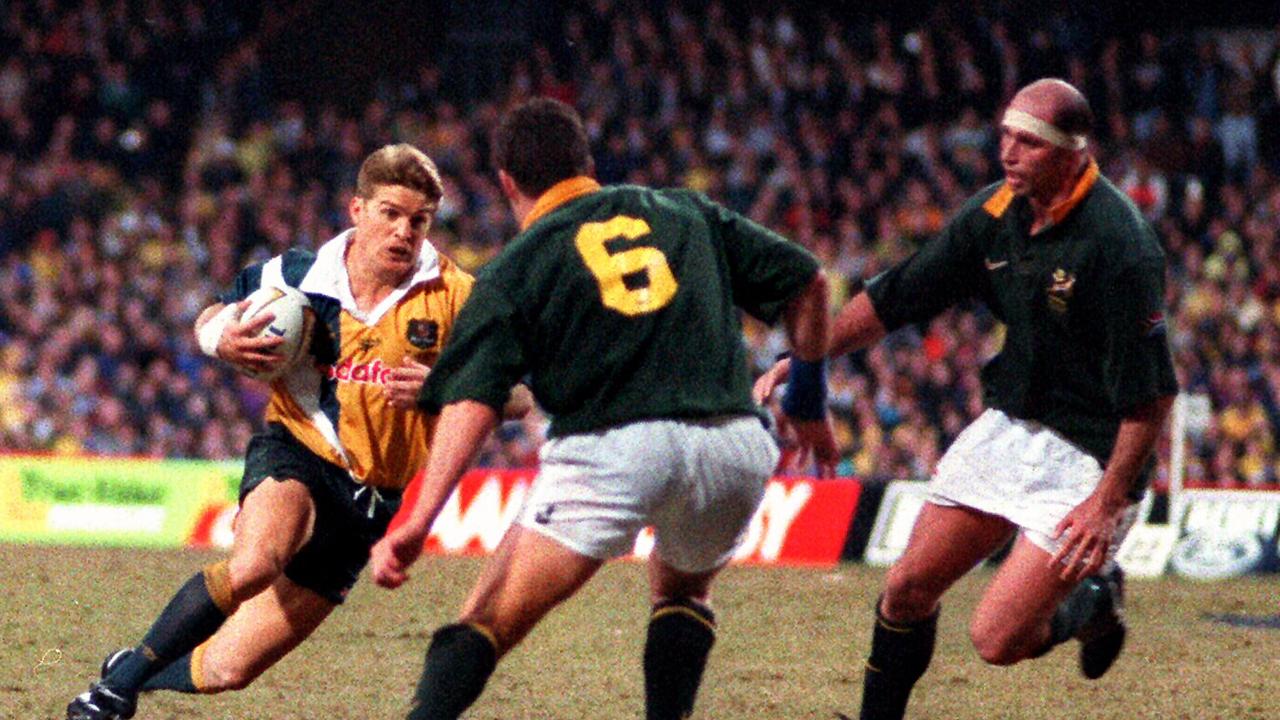
13. Jason Little – TGS
Like his schoolboy rugby rival and Wallabies teammate, Little was an exceptionally gifted young athlete.
In 1986 he captained the TGS First XI to the GPS cricket premiership and a year later lead his school’s First XV rugby squad to the GPS title. Little also Australia at a Junior Athletics Championship in the United States.
After representing Queensland, Little made his Test debut against France at just 19 years of age.
Little had a natural rhythm to his game that bamboozled opposition defenders as seemingly ghosted past them and into space.
Like Horan he won two World Cups and multiple Bledisloe Cups with the Wallabies.
14. Jack Steggall – TGS
Steggall was a jack of all trades for the Wallabies and often considered as one of the Wallabies greatest utility backs of all time.
It’s a bold claim considering he debuted in 1931, but until 2019 when James Connor played at outside centre against New Zealand, Steggall was the only Aussie player to start a Test at fullback, wing, centre and flyhalf.
Despite his slight size he was an amazingly gifted and impactful player who featured in 10 Tests for Australia.

15. Mac Grealy – Downlands
There may be more credentialed players out there but Grealy earns his spot because of one try.
With just seconds remaining in the 2019 O’Callaghan Cup and his side staring down the barrel of a sixth straight defeat as they trailed 21-20, Grealy produced one of the greatest tries in the history of the showdown.
Grealy’s stepping, searching run bamboozled the Grammar and his try under the posts helped the Griffins secure a 27-21 win.
His efforts saw him crowned 2019 Queensland Schoolboy of the Year and he has since gone on to make more than 20 appearances for the Queensland Reds.
News Corp sports journalist Nic Darveniza’s all-time TGS/DC XV
1. Lou Hatherell – TGS
A rangy and determined front row forward who excelled in the lineout and was tenacious in defence.
Lou plied his rugby trade at TGS under the watchful eye of his dad Bill who was a prominent rugby ref and the school’s football master.
In 1948 Lou captained a TGS team that included future internationals Donald Ian McMillan and Ray Colbert to an unbeaten GPS rugby premiership, before winning two Wallabies caps in the early 1950s.
2. Matt Faessler – TGS
Rugby is in Faessler’s DNA with his maternal grandfather Vince Bermingham playing in the first Wallabies side to win the storied Bledisloe Cup in 1934.
Faessler followed in his grandfather’s footsteps, making his debut against the All Blacks last year, and in doing so he and Bermingham became just the seventh grandfather-grandson combination to play Test rugby for Australia.
After making his debut at prop for the USQ Saints U15s he has established himself as talented tryscoring hooker in the 2016 Toowoomba Grammar First XV.
Faessler – who represented Australia at the 2023 Rugby World Cup – is known for his combative play, high work rate and lineout accuracy. He has eight Wallabies caps to his name.
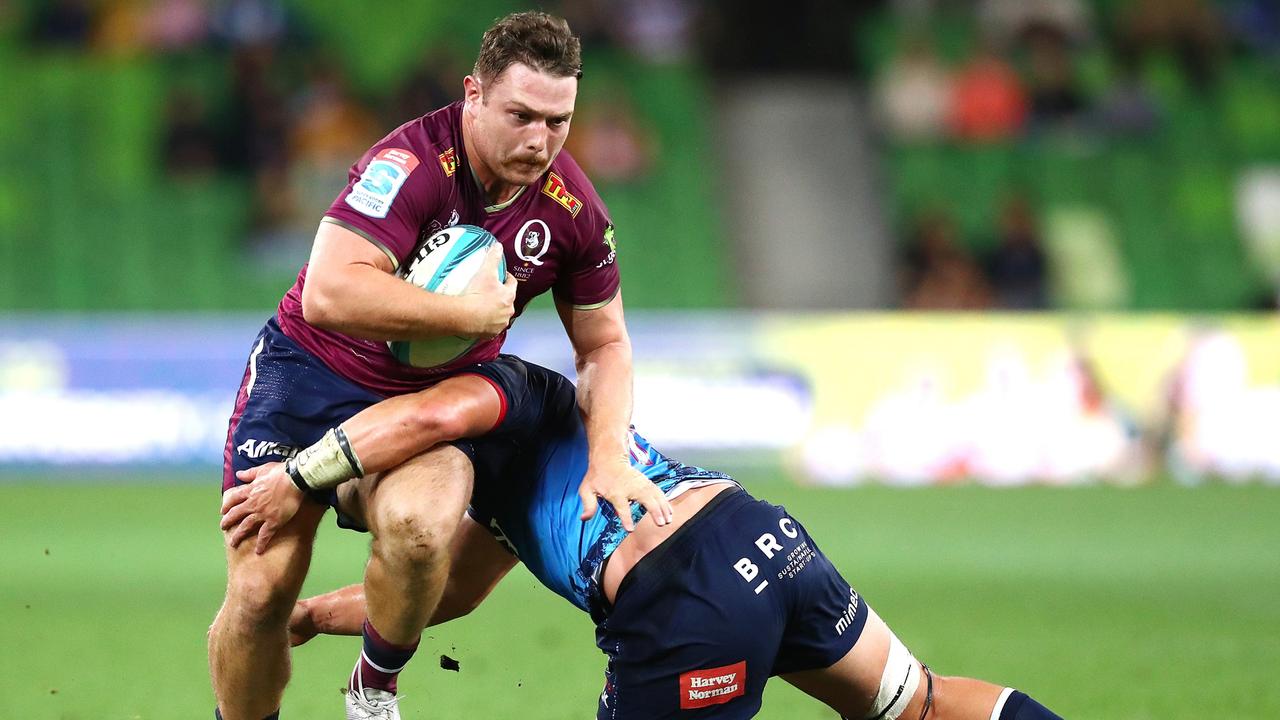
3. Greg Holmes – Downlands
A power athlete in every sense of the word, Holmes represented Australia at the 2000 Commonwealth Youth Games in discus, hammer and shot put.
He didn’t play representative schoolboy rugby but he was named in 2004 IRB U21 World Championships.
He debuted for the Reds in 2015 and was debuted for the Wallabies against France in the same year and played 12 more Tests through to the end of the 2007 Rugby World Cup.
Remarkably it was nearly eight years before Holmes played for the Wallabies again.
A resilient and determined prop, Holmes was a key figure in the Reds 2011 Super Rugby title win and retired with 28 Wallabies caps to his name.
4. Phil Potgieter – TGS
The captain of Toowoomba Grammar’s all-star 2012 First XV that came the closest of any side to snapping Grammar’s GPS premiership drought that stretches back to 1956. Blessed with elite size, Potgieter was a rugged worker and lineout ace who represented Australia A as a schoolboy before winning a Premier Grade title with University of Queensland. Potgieter has established himself as a modern legend of the Southern Districts club in Sydney. Potgieter played three seasons of professional rugby in Japan for Mazda Blue Zoomers between 2019 and 2021.
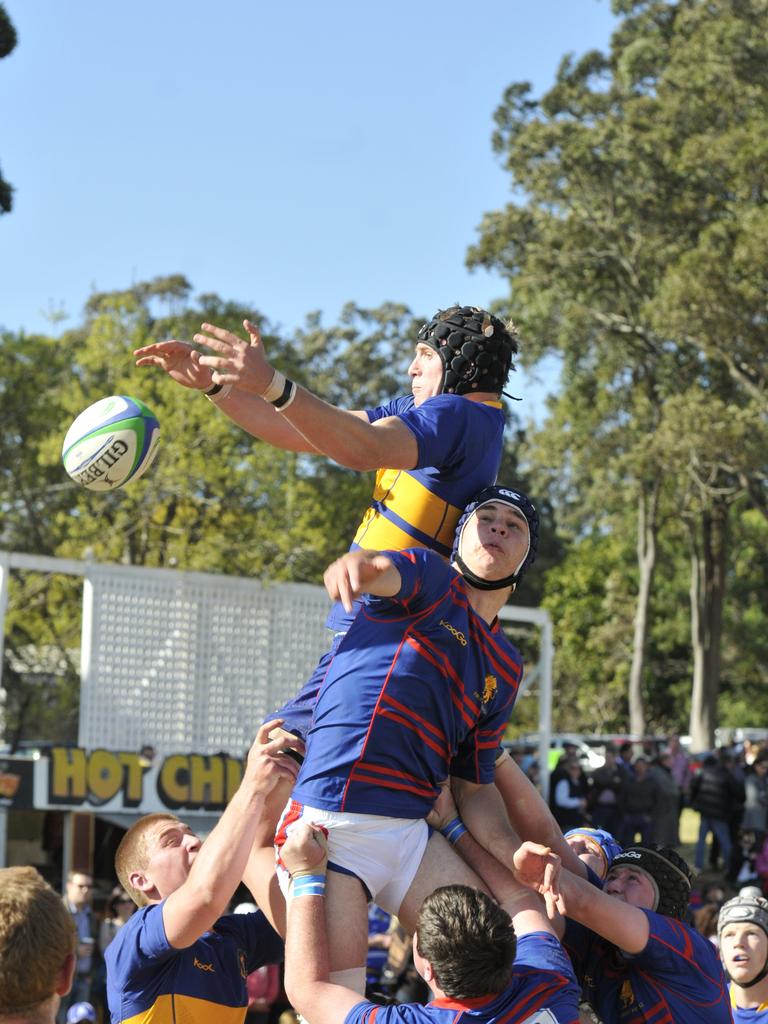
5. Matthew Willshire – TGS
The 200cm lock from the 2016 First XV became the first Toowoomba Grammar forward to earn a full Australian Schoolboys jersey since Mark Farrelly in 1974. Willshire signed a professional contract with the Chiefs of New Zealand coming out of school but had his time cruelled by two ACL injuries during his time in Waikato. In his prime Willshire was a defensive lineout menace like no other player his age in the state.
6. Donald Ian MacMillan – TGS
MacMillan’s rugby career was short but full of hits and massive milestones.
A strapping forward with an impressive physique, MacMillan hit the ground running at TGS guiding them to their first ever GPS Premiership in 1948.
His performances for TGS immediately caught the eyes of talent scouts with the talented forward offered lucrative contract with Huddersfield Rugby League Club in North England after he graduated.
MacMillan turned down the deal in favour of pastoral industry trainee job in Dalby and rugby duties with Past Grammar in Toowoomba.
His rugby journey took a dramatic turn early in his first senior season when with just half a dozen club matches to his name his selected in the QLD rep side.
MacMillan’s efforts for QLD against the British Lions caught the eyes of selectors and featured twice for the Wallabies, against the Lions and the All Blacks.
After his death at age 51 rugby officials honoured his memory with the name of the perpetual Ian MacMillan Memorial Trophy for Queensland Schoolboy player of the year.
7. Brett Robinson – Downlands
Under the expert guidance of ex-England coach John Elders developed into an outstanding openside flanker.
A real student of the game, Robinson also proved to be a natural leader on the field and arguably should’ve had more than 16 Test caps to his name.
His medical studies and the presence of the equally talented David Wilson in Australian program hampered his opportunities.
8. Garrick Morgan – Downlands
The man mountain was perfect foil to the legendary John Eales with the pair locking down the Wallabies scrum in the mid 1990s.
Standing at nearly 2m tall and weighing more than 120kg, Morgan was an intimidating presence.
After making his Wallabies debut in 1992, Morgan appeared destined for greatness with prestigious French rugby magazine Midi Olympique naming him International Player of the Year in 1993.
A switch to league and the South West Crushers briefly bought a halt to his rugby career before he joined the Reds in 1996.
The later part of his career was hampered by a broken ankle that limited his playing effectiveness.
Morgan, who also coached the Downlands First XV in multiple O’Callaghan Cups, played 24 Tests for Australia.
9. Brett Johnstone – Downlands
Swapping Goondiwindi State High School for Downlands, Johnstone formed an exciting halves combination with Wallabies legend Tim Horan.
Under the expert guidance of coach John Elders the pair grew in stature and influence – progressing together from 15As right through to the First XV.
Johnstone was a lightning quick half with an equally swift pass.
Unfortunately Johnstone had the misfortune of playing in the shadow of star Wallaby Peter Slattery.
Replacing Slattery late in the game, Johnstone scored a try in his sole game against Tonga.
10. Hamish Stewart – TGS
Stewart is yet to earn a Wallabies cap but the Toowoomba Bears junior has made for himself as one of Australian rugby’s most reliable players.
His greatest strength is his versatility with the young playmaker able to line up at flyhalf, centre and fullback.
After playing 72 games for the Reds, Stewart made the move to the Western Force in 2023 and instantly improved the quality of their backline.
11. Jack Steggall – TGS
Steggall was a jack of all trades for the Wallabies and often considered as one of the Wallabies greatest utility backs of all time.
It’s a bold claim considering he debuted in 1931, but until 2019 when James Connor played at outside centre against New Zealand, Steggall was the only Aussie player to start a Test at fullback, wing, centre and flyhalf.
Despite his slight size he was an amazingly gifted and impactful player who featured in 10 Tests for Australia.
12. Tim Horan – Downlands
A superstar in every sense of the game, Horan’s career can best be described as one massive highlight reel.
An exceptionally talented player physically and mentally, Horan lightning quick off the mark, had a great set of hands and the ability to read the flow of the game like no other player.
Playing in the Souths Colts team in 1989, Horan was named in the Australia B team to play the British Lions and just seven weeks after that he made his Test debut against New Zealand.
In a strange twist of fate, Horan formed a lethal Wallabies centre partnership with his O’Callaghan Cup rival Jason Little.
Horan won two World Cups and multiple Bledisloe Cups over an 80-game career with the Wallabies.
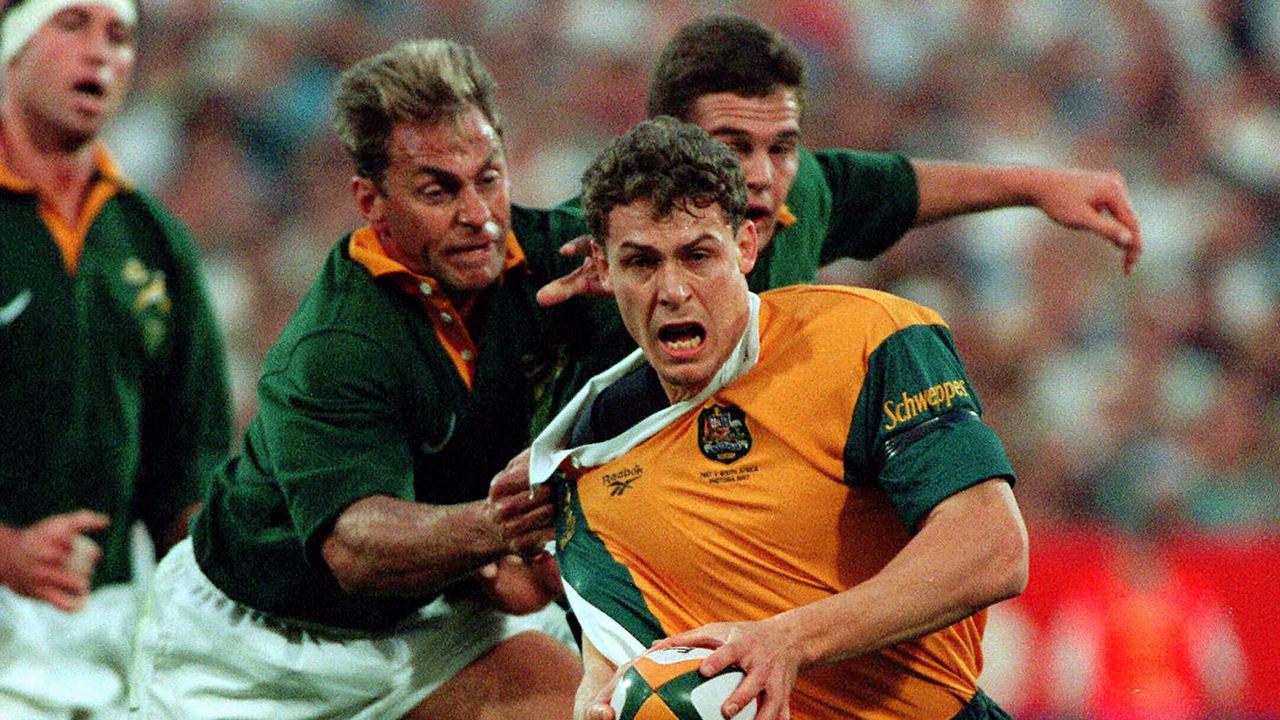
13. Jason Little - TGS
Like his schoolboy rugby rival and Wallabies teammate, Little was an exceptionally gifted young athlete.
In 1986 he captained the TGS First XI to the GPS cricket premiership and a year later lead his school’s First XV rugby squad to the GPS title. Little also Australia at a Junior Athletics Championship in the United States.
After representing Queensland, Little made his Test debut against France at just 19 years of age.
Little had a natural rhythm to his game that bamboozled opposition defenders as seemingly ghosted past them and into space.
Like Horan he won two World Cups and multiple Bledisloe Cups with the Wallabies.
14. Roy Lindsay – TGS
A member of Toowoomba’s famous ‘Galloping Clydesdales’ Lindsay was a star in the golden age of Queensland rugby league.
Handed his Clydesdales debut in 1925, Lindsay shone against the visiting Brisbane side and quickly talked up as a future international star.
Years later when Queensland Rugby Union had reformed New Zealand W.J ‘King’ Renwick, who had coached Lindsay in the Clydesdales, convinced the winger to follow him to rugby.
Making his QLD debut in 1931, Lindsay was then named in the Wallabies side but a broken prevented him from playing before he earned his one and only cap the following year.
A well-built and physical player, Lindsay was renowned for his football IQ and speed.
15. Ray Colbert – TGS
A naturally gifted athlete – Colbert was a solid member of Grammar’s athletics, swimming and rugby squads in the late 1940s.
Colbert had good punting, ball handling, tackling and goal kicking skills in an era when such all around abilities were rare.
Colbert played six tests for Australia between 1952 and 1954, making his test debut alongside former Toowoomba Grammar First XV teammate Lou Hatherell.








